Swiss chard, cultivation and purpose
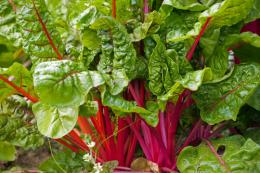
The word chard evokes the idea of an old aristocratic estate, where representatives of a noble family lived for centuries. In fact, chard is beet, but not simple, but leafy. It is because of its leaves, which are similar to those of the sugar beet or red beet, that chard has been popular for hundreds of years. For some gardeners, this crop is still new and they need to figure out what kind of vegetable it is, chard, its cultivation on the plot, its purpose in cooking.
Content:
How and where to plant chard
Chard or common beet is a plant from the genus Beetroot. The main difference between this garden plant is that the root of chard is similar to the root of wild beet, which is native to the Far East. The plant does not have any of the usual fleshy roots. The root is taproot, hard. Like other types of beets, chard blooms in its second year.
This can happen if the root has survived the winter. The leaves or leaves together with petioles. Gardeners most often plant chard seeds directly into the ground. Although you can sow it as seedlings and even grow it in a pot on the windowsill. The time for sowing seedlings is the first days of April. The plant emerges in approximately 21-25 days.
When the plant has a couple of true leaves, it can be transplanted into the garden bed.The positive side of the seedling method is that the plant tolerates transplantation well. Even the most inconspicuous sprouts quickly begin to grow. In addition, a powerful bush grows from a tiny seedling, so chard should be planted at a distance of 0.3 m to 0.6 m.
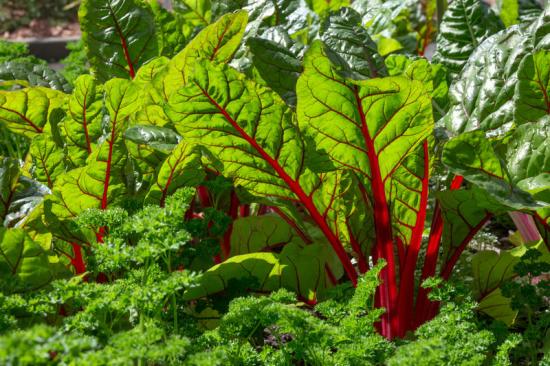
Sowing seeds in the ground is carried out in the spring, from early to mid-May. If the soil at a depth of 10 cm has warmed up to + 8, then you can sow chard. It is important to know that this crop can be sown several times per season. The second sowing is carried out at the end of June, and the third - at the end of July. Plant the seeds to a depth of 2.0 - 2.5 cm.
Chard is responsive to sunlight and heat. There are no special requirements for the quality and fertility of the soil. Well dug up soil where they grew before will do. legumes or pumpkin crops. It is advisable to avoid sowing crops on highly acidic clay soil. Under digging for 1 sq. m. contribute:
- 5 kg humus
- 20 g ammonium nitrate
- 10 g potassium chloride
- 30 g superphosphate
If the soil is acidic, then 1 kg of lime per square meter will save the situation. Before planting, chard seeds can be soaked for a day in clean water. Change the water 3-4 times. After draining the water for the last time, the seeds should be placed in a solution of potassium permanganate for 15-20 minutes. Sprinkle the furrow with water, then sow wet seeds into it. After three weeks, shoots will begin to appear.
Caring for chard after emergence
Caring for the crop after germination consists of:
- weeding
- pest protection
- loosening the soil
- thinning of seedlings
It is important to protect chard seedlings from pestsTo do this, you can sprinkle the planting site with wood ash. Also, given the slow growth in the first weeks, it is important to remove weeds and prevent them from overwhelming the seedlings.In the first month, you need to weed the beds every 5-7 days.
Simultaneously with weeding, the soil crust will be destroyed and air access to the roots will improve. If there is no need for weeding, then every five days you need to loosen the soil, including the row spacing. Thinning of seedlings will be required when sowing in the ground.
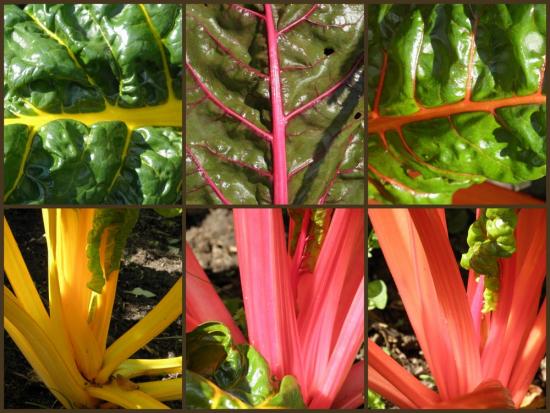
This is due to the fact that 2-3 seedlings can appear from one seed. It is carried out at the stage of 2 to 5 true leaves. Immediately after thinning, the chard needs to be fed with a solution of nitrogen fertilizers. The measures taken will help the seedlings gain strength and lead to increased growth.
Growing, care and use of chard
Growing chard on a plot can have two purposes:
- eating
- decorative garden decoration
Growing Swiss chard for food is due to the high vitamin content in the leaves. Chard leaves and petioles contain:
- potassium
- iron
- magnesium
- sodium
They contain a large number vitamins A, E, K, C. Two species are grown for food:
- veiny, also known as stem chard
- chard or chives
Deciduous chard is more frost-resistant; its root can overwinter in the ground.
When growing chard for food, it is important to provide proper care, namely watering and fertilizing. Sufficient watering for this crop is necessary throughout the growing season. For chard, 2-3 waterings are enough, since its harvest is harvested immediately, pulling the bush out of the ground.
Cherry chard can grow all summer long. After cutting, its leaves grow back. It needs to be watered until the end of the season. With a lack of moisture, the petioles and leaves become coarser. After watering, loosen the soil; if a crust forms on it, it can slow down the growth of the chard.In winter, the root can be preserved if the planting site is covered with a layer of peat.
Or you can carefully remove the plant from the ground and continue growing it in the room. In cooking, young leaves are used in salads and first courses. It is very tasty to fry the leaves and petioles in a frying pan.
First, fry the onion in oil, Bell pepper and garlic, and then add chard. Simmer covered for several minutes. Petiole chard is suitable for decorative purposes. This is due to the fact that many varieties have been bred with multi-colored petioles and veins. Bright large bushes will decorate the site. To learn not only about the taste, but also about the beauty of chard, it is worth planting several plants in the spring.
Video about the beneficial properties of chard beets:



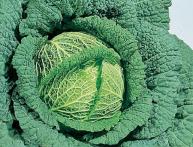
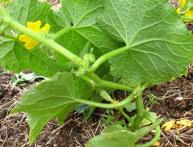

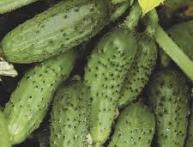
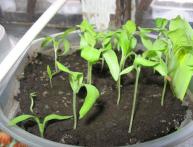
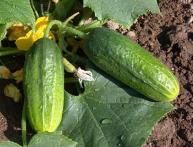
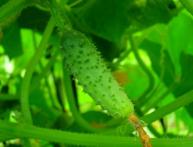
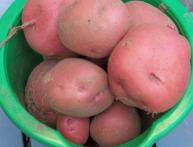
Comments
The leaves and stem can be eaten not only from Chard, but also from regular beets; they are also used in cooking. I don't think there will be much difference in taste either. True, Chard has much more leaves.